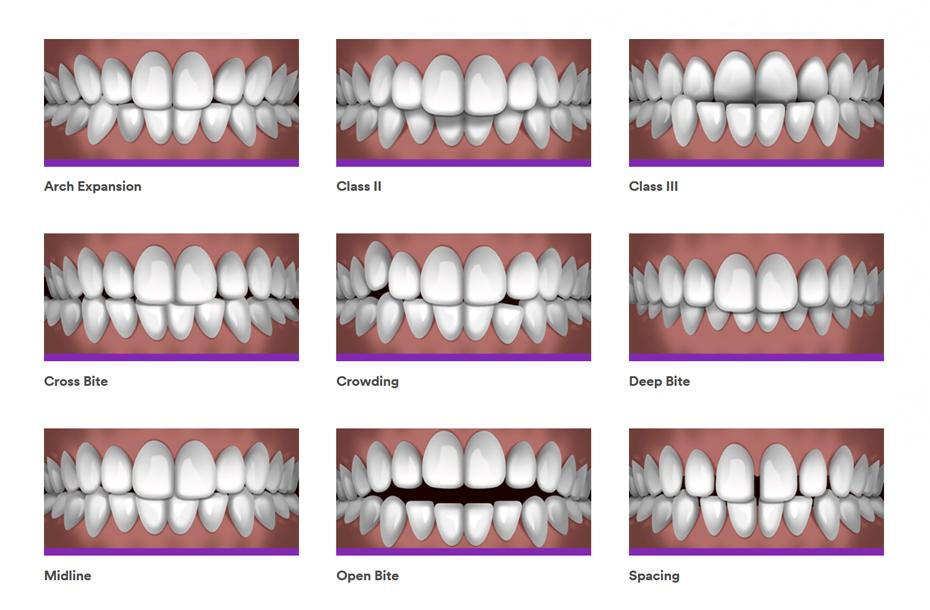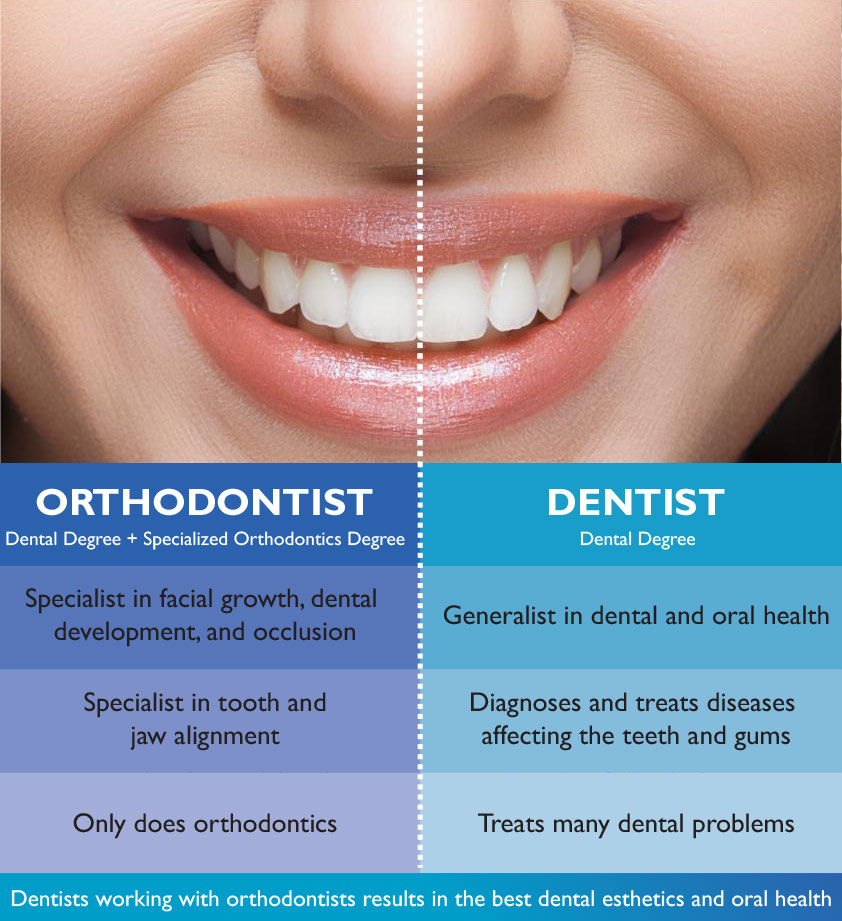Rumored Buzz on Causey Orthodontics
Table of ContentsThe Best Strategy To Use For Causey OrthodonticsRumored Buzz on Causey OrthodonticsGetting My Causey Orthodontics To WorkThe 10-Second Trick For Causey OrthodonticsThe Facts About Causey Orthodontics Revealed8 Easy Facts About Causey Orthodontics ShownCausey Orthodontics for Dummies
What is the distinction between a dental expert and an orthodontist? To address a question that is commonly asked, both dental practitioners and orthodontists help patients get far better dental health and wellness, albeit in different means. It assists to bear in mind that dentistry is an instead wide scientific research with different medical field of expertises. All dental practitioners, including orthodontists, treat the teeth, gums, jaw and nerves.
You can think of both doctors that treat gum tissue and teeth problems. The major difference is that becoming an orthodontist requires a certain specialty in treating the misalignment of the teeth and jaw.
The 45-Second Trick For Causey Orthodontics
An orthodontist is a dentist that has gone through training to specialize in the diagnosis, avoidance and treatment of abnormalities in the jaw and teeth. Their training includes correcting these existing conditions. They can also identify possible troubles in teeth positioning that may establish when problems are left unattended. Orthodontists can help people of any ages.
This consists of all the needed education and learning to end up being a basic dental practitioner. According to the American Trainee Dental Association (ASDA), it indicates you will certainly require to have either a Physician of Medication in Dentistry (DMD) or a Physician of Oral Surgery (DDS). In other words, orthodontists require to finish dental school and afterwards get an orthodontics specialized education and learning.
Some orthodontists likewise obtain their masters in craniofacial biology. These programs concentrate on 2 certain locations or self-controls: Dentofacial Orthopedics: This study concentrates on assisting teeth and jaw growth.
The Ultimate Guide To Causey Orthodontics

 The total objective of an orthodontist is to boost a client's bite. Not every person is born with straight teeth, and an orthodontist will certainly ensure that patients obtain equally spaced straight teeth.
The total objective of an orthodontist is to boost a client's bite. Not every person is born with straight teeth, and an orthodontist will certainly ensure that patients obtain equally spaced straight teeth.
The Basic Principles Of Causey Orthodontics
The American Organization of Orthodontists advises your first check up by age 7. You'll require to see your orthodontist if you have an imbalance in your teeth, likewise recognized as malocclusion. Likewise, if you discover uneven bite patterns, a somewhat irregular jaw, or when your teeth are overcrowded, you will likely require orthodontic treatment.
In enhancement, we use flexible treatment timetables, versatile repayment alternatives and a fun, enjoyable experience.
An orthodontist is a dental practitioner trained to identify, stop, and deal with teeth and jaw irregularities. They deal with existing conditions and are educated to identify issues that might create in the future. Orthodontists work with people of any ages, from youngsters to grownups. Individuals often link an excellent smile with health.
The 6-Second Trick For Causey Orthodontics
Malocclusion, or misaligned teeth, can cause dental issues, including dental caries, periodontal illness, and tough or unpleasant chewing. However not every person is birthed with straight teeth. If you have a poor bite or huge areas between your teeth, you may desire to consult a dental expert concentrating on orthodontic treatment.
(Image Credit Rating: DigitalVision/Getty Images) Orthodontists make use of taken care of and detachable oral gadgets, like braces, retainers, and bands, to alter the setting of teeth in your mouth. Orthodontic treatment is for oral problems, consisting of: Jagged teethBite issues, like an overbite or an underbiteCrowded teeth or teeth that are as well much apartJaw misalignmentThe objective of orthodontic therapy is to enhance your bite.
Our Causey Orthodontics PDFs

All orthodontists are dentists, but not all dental practitioners are orthodontists. Orthodontic residency programs use extensive, focused guideline for dental professionals. They concentrate on 2 areas: Just how to properly and safely relocate teeth Just how to appropriately guide advancement in the teeth, jaw, and faceOnce an orthodontist has finished training, they have the option to become board accredited.
Malocclusion leads to tooth congestion, a twisted jaw, or irregular bite patterns. Malocclusion is usually treated with: Your orthodontist attaches metal, ceramic, or plastic square bonds to your teeth.
The Causey Orthodontics Ideas
If you have only small malocclusion, you may be able to use clear dental braces, called aligners, as opposed to traditional braces. Some individuals need a headwear to help relocate teeth right into line with stress from outside the mouth. After braces or aligners, you'll need to wear a retainer. A retainer is a custom gadget that keeps your teeth in position.